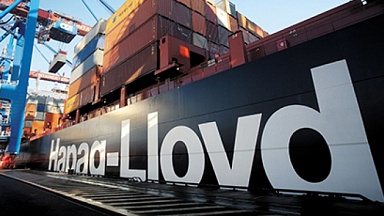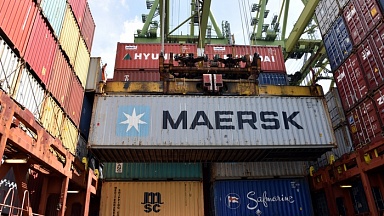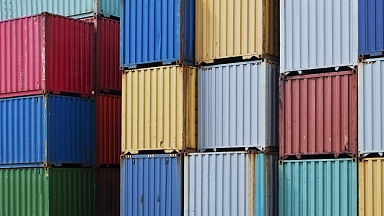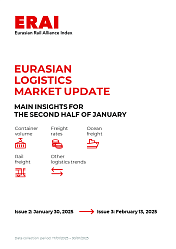China-Europe Eastbound & Westbound
Space is tight due sudden shift of volumes to rail caused by Red Sea crisis and Chinese New Year peak season rush. Train transit time performances leaving China see delays due to weather impact in Kazakhstan. Average latest train terminal-terminal performance: 13-14 days China to Poland, 18-20 days to Germany. Various express trains continue to operate with lead times of 12-15 days from Germany to China. Available rail/Short-sea feeder connections from France, Spain, Portugal, Italy, Hungary, Scandinavia, UK with European departure hubs.
China-Turkey & Central Asia
Service from China/Europe to Kazakhstan, Central Asia and South Caucasus available. Direct West-& Eastbound service between China/Europe & Turkey —on request; alternative connection to Turkey via Western corridor and Poland/Hungary regularly available. Middle Corridor (2 Seas via Caspian and Black sea) —available on demand; Trains planned in the end of February/early March
DHL Multimodal Ocean Express: Red Sea situation update Solutions for additional Ocean Express capacity available. Vessels continue to route via Cape of Good Hope. Routingdecision taken individually for each journey based on latest situation. Transit time extended by average 10 days due to rerouting via Cape of Good Hope.
Market Update: 2023 Overview
Over17,500China-Europeblocktrainshavebeenarrangedin 2023, according to China Railways source. Comparing with 2022, total number of trains in 2023 grew by 6%. Total container volume grew by 18%. Exact number of trains in 2023 was 17,523. General volume growth in to 2023 was mainly based on volumes from China to Russia. Compared with 2022, number of trains between China and Germany, Poland and other EU countries have decreased by 49%, and constituted only 1/3 of 2021 volume. Railway export drop from China to some EU countries was particularly sharp. With the start of Red Sea crisis impact in December 2023, rail via all corridors between China and Europe see again strong demand for shippers who require faster transit times. Compared with ocean freight, railway rates are more stable and have grown only moderately in 2024. Apart of railway alternative, multimodal routings enabling resilient supply chains see also increasing interest.
Major Rail & Multimodal corridors connecting Europe and Asia are:
— West Corridor: 22-26 days
— North Corridor: 22-26 days
— Middle Corridor Rail: 50-55 days
— West/Middle Corridor Road: 20-22 days /30-35 days
— South Corridor via Suez: 28-30 days
— South Corridor via COGH: 44-45 days
— Via Dubai: 29-30 days
— Via LA Long Beach: 18-23 days
Copyright © DHL International GmbH. All Rights Reserved.



